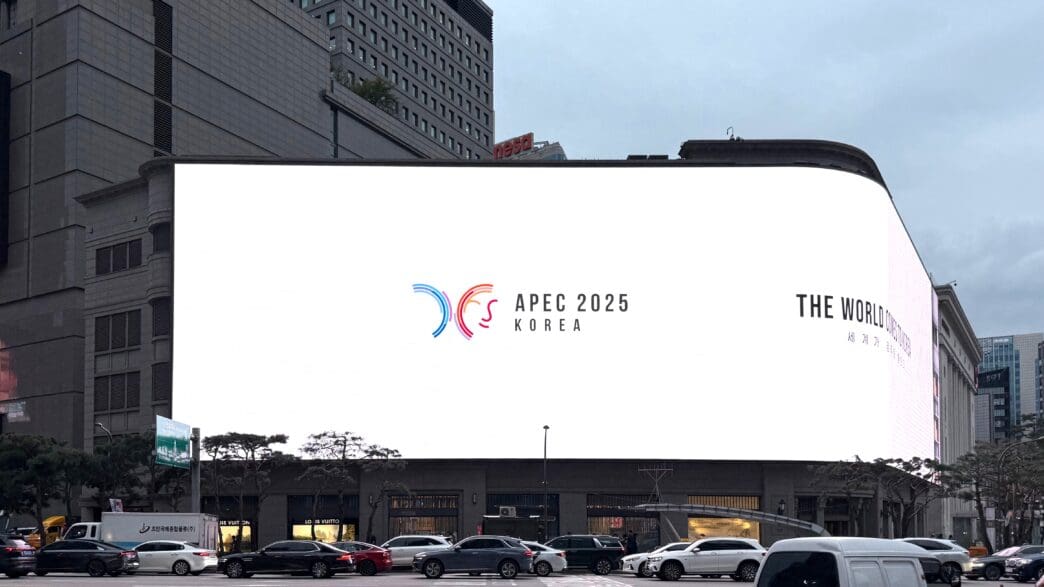Executive Summary
The Story So Far
Why This Matters
Who Thinks What?
China and the United States concluded “constructive” economic and trade talks in Kuala Lumpur on October 25-26, reaching agreements on reciprocal tariff suspensions and export control measures. These discussions, held just days before the Asia-Pacific Economic Cooperation (APEC) meeting in Gyeongju, Republic of Korea, are seen as setting a cooperative tone for continued dialogue between the two major economies within the regional forum.
Bilateral Trade Agreements
The bilateral talks resulted in the US agreeing to drop a 10 percent fentanyl tariff on China and suspend 24 percent reciprocal tariffs for one year. China, in turn, committed to readjusting its retaliation measures accordingly.
The US also agreed to suspend its 50 percent “entity list” export control measure for one year, with China suspending its own export control measures announced on October 9. Additionally, the US will suspend its Section 301 investigation on Chinese shipping and maritime industries for one year, prompting China to suspend relevant retaliation measures.
Both nations also achieved consensus on cooperation regarding fentanyl bans, the expansion of agricultural product trade, and the resolution of individual enterprise cases. These outcomes underscore a mutual effort to de-escalate trade tensions.
APEC Context and Objectives
The agreements precede the 2025 APEC meeting, scheduled for October 31-November 1 in Gyeongju, Republic of Korea. APEC, comprising 21 members, represents 60 percent of global GDP and 50 percent of world trade, making it the largest regional economic cooperation mechanism.
APEC’s long-standing objectives include promoting sustainable economic growth and regional economic integration through trade and investment liberalization. Historical goals like the 1994 Bogor Goals for free trade and investment by 2020, the 2014 Free Trade Area of the Asia-Pacific (FTAAP) initiative, and the 2020 Putrajaya Vision 2040 aim for an open, dynamic, and resilient Asia-Pacific.
He Weiwen, a senior fellow at the Center for China and Globalization, notes that “US unilateral worldwide tariffs and other measures” have presented headwinds, running counter to APEC’s goals and causing difficulties in regional trade and investment liberalization. Despite these challenges, the APEC 2025 summit in Korea has maintained its objective of ‘Building a Sustainable Tomorrow: Connect, Innovate, Prosper.’
Role of China and the US
China and the US are highlighted as crucial players in APEC cooperation, bearing significant responsibility for the success of the 2025 meeting. Continued dialogue “as equals with mutual respect” and a focus on mutual benefits are presented as essential for all APEC discussions.
The author stresses that both nations should pursue practical approaches to trade and investment liberalization, foster collaboration in digital trade, and work towards high-standard free trade agreements. These efforts are intended to strengthen, rather than weaken, the global multilateral trading system.
Outlook for Regional Cooperation
The recent economic and trade talks between China and the US signal a renewed commitment to addressing bilateral frictions through dialogue and cooperation. As these two economic giants convene at the APEC meeting, their ability to sustain this constructive engagement will be pivotal for advancing regional economic integration and the broader multilateral trading system.








